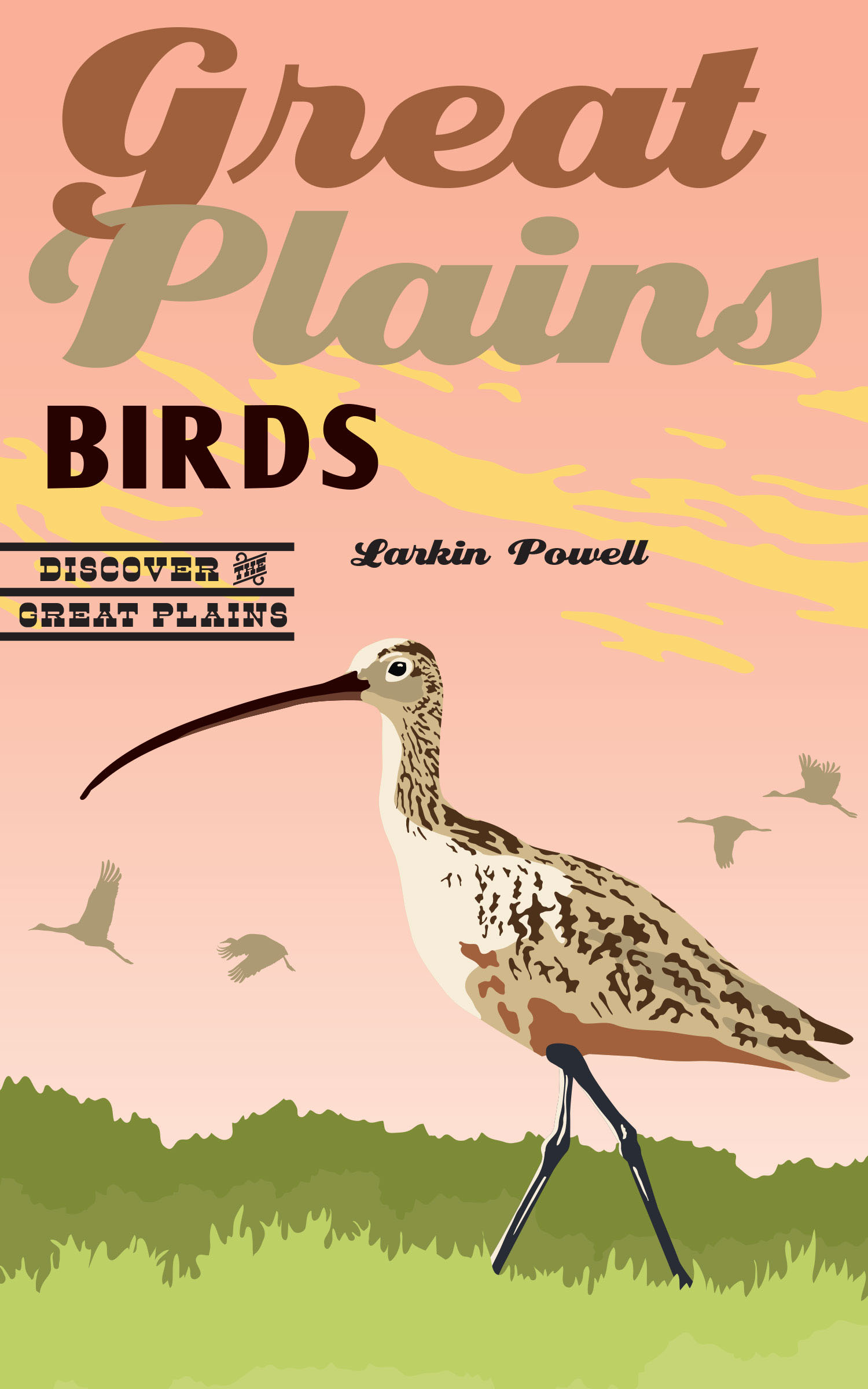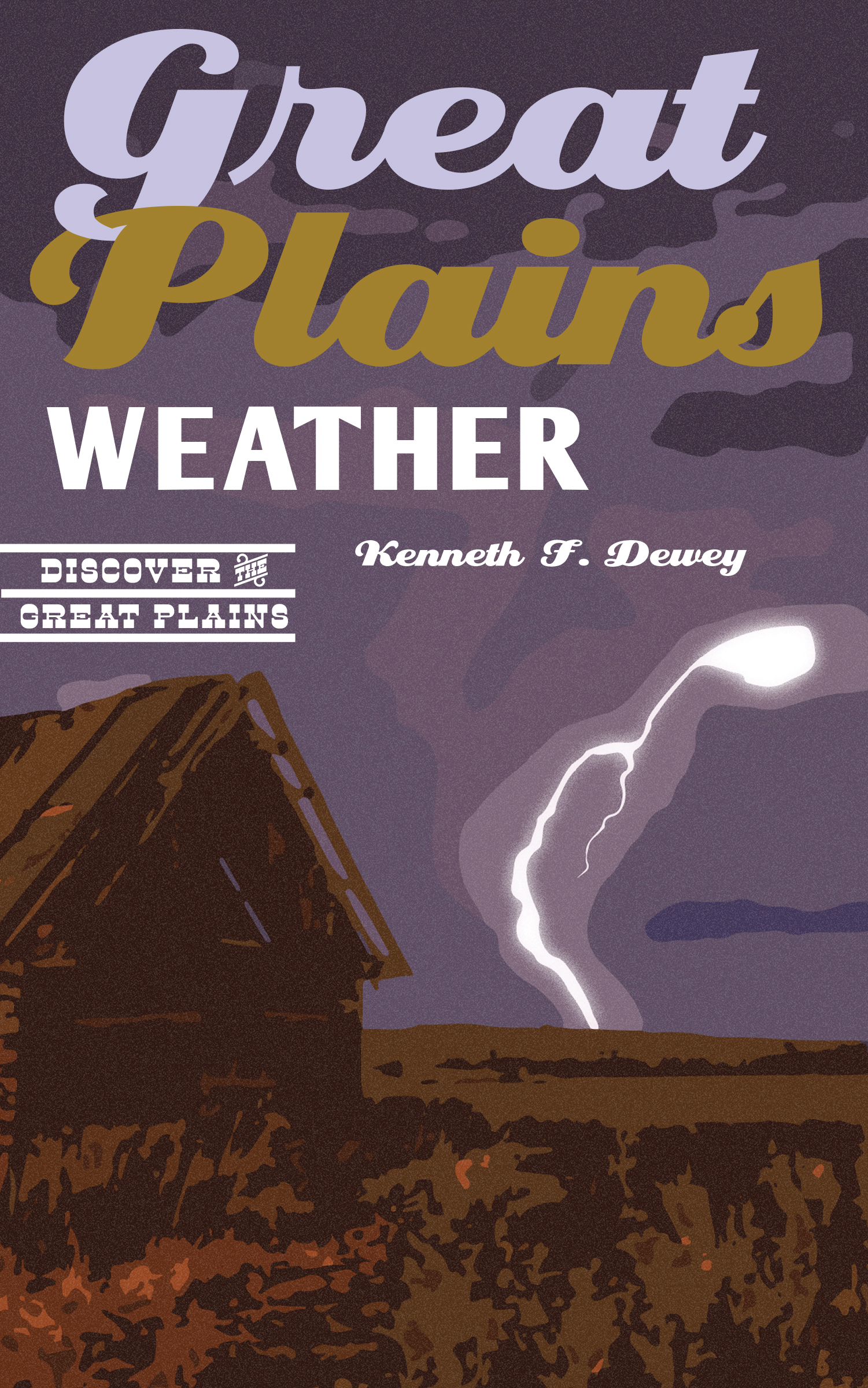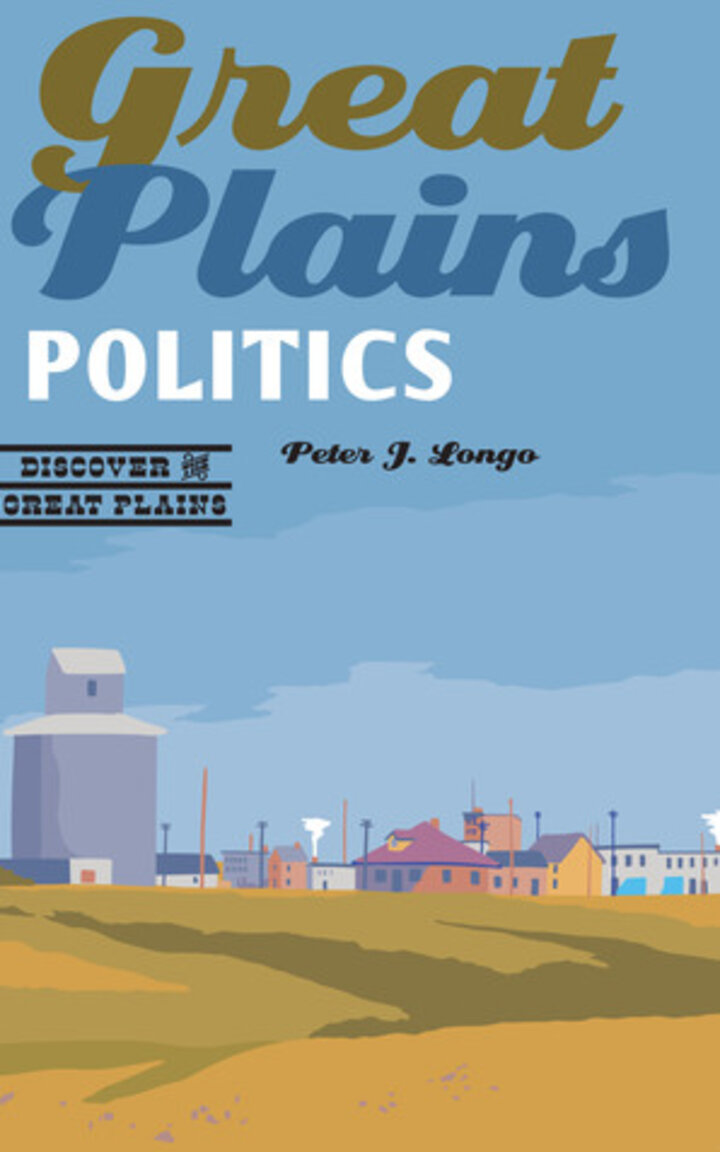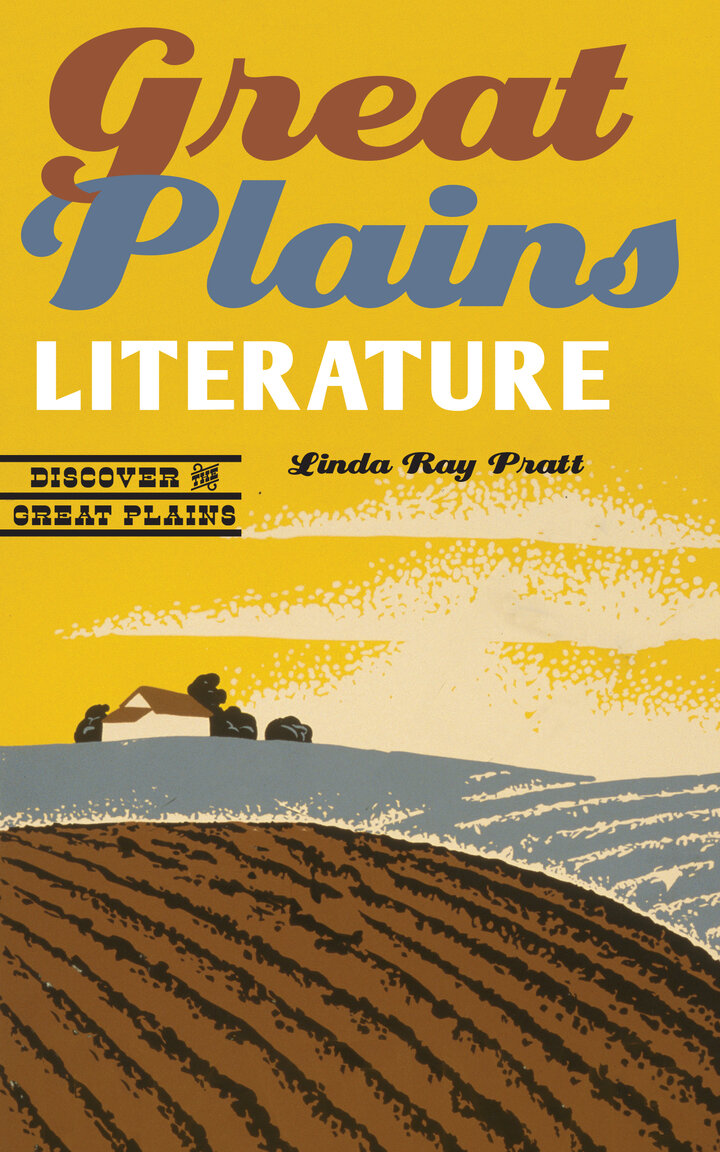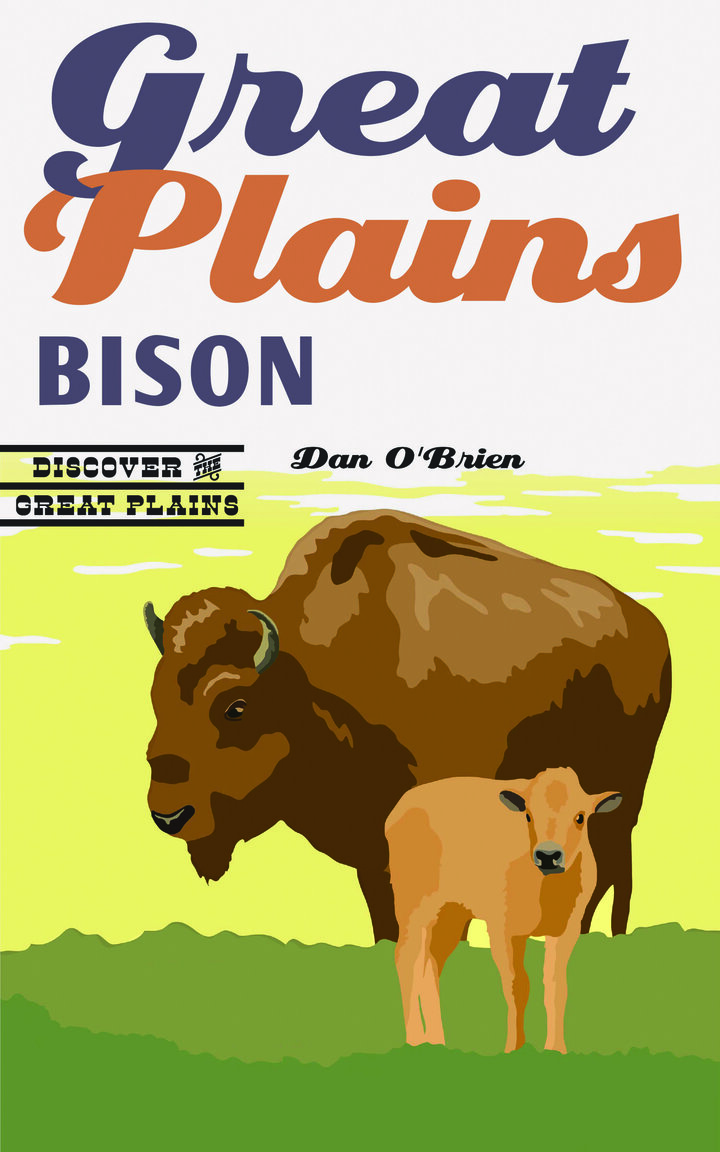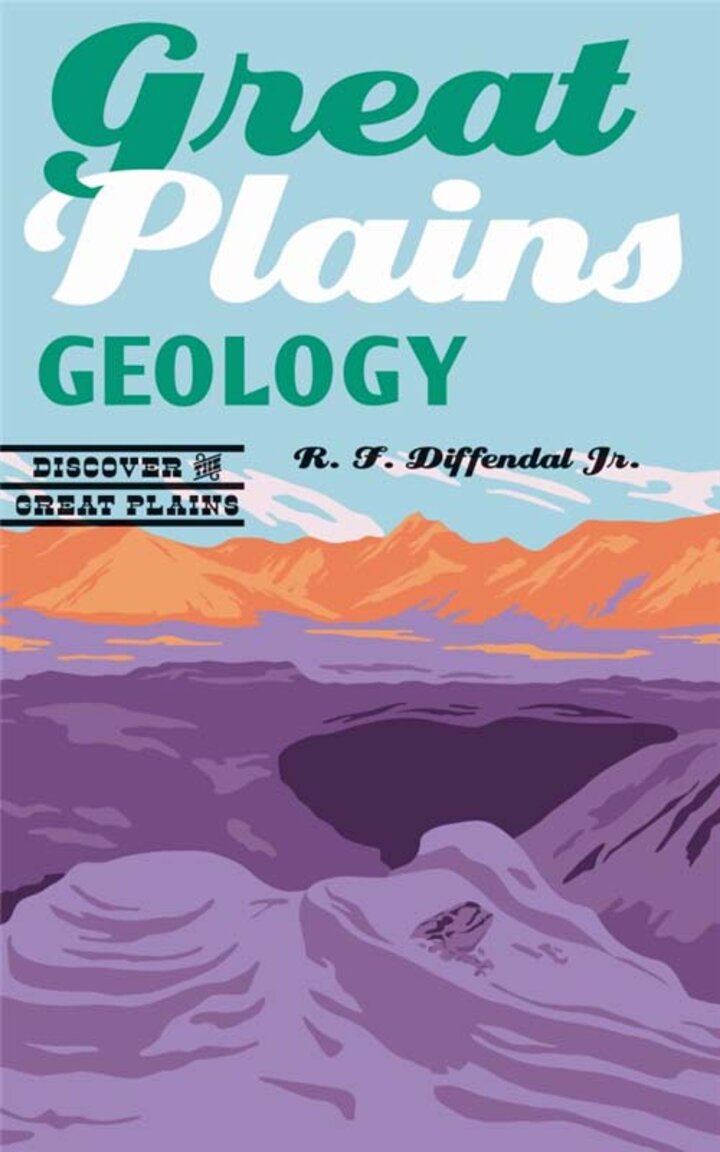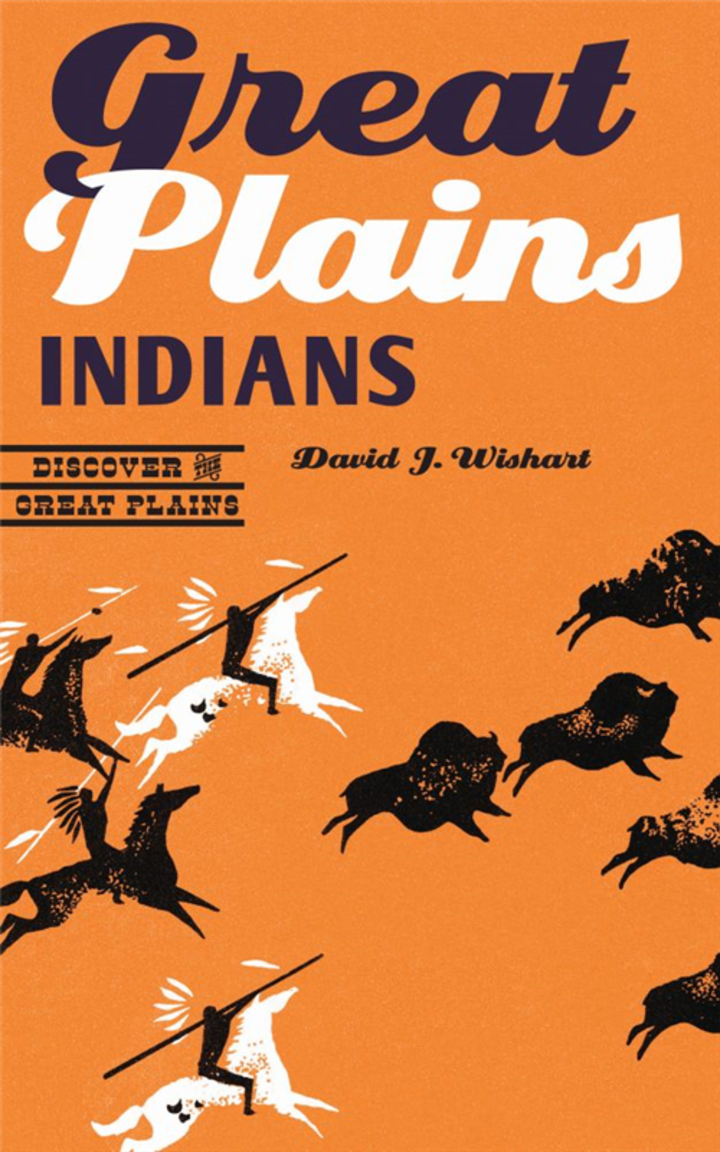Discover the Great Plains is a series from the Center for Great Plains Studies published in cooperation with the University of Nebraska Press to provide short books of substance on the natural wonders, diverse cultures, history, and contemporary life of the Great Plains.
This region is frequently defined by its real or presumed deficits — no mountains, no oceans, no great cities, no diversity, no iconic natural marvels, no world-class centers of culture — but its greatest deficit may be people’s lack of knowledge about it. As one of the world’s great grassland biomes, the Great Plains is a place of extreme importance for biodiversity, it contains sublime and almost ethereal prairie landscapes, and over time its peoples have constructed rich and varied cultures.
The series’ authors, experts in their fields, use their own personal experiences as well as their deep knowledge to create entertaining and authoritative guides to important aspects of the region. These books bridge the gap between the specialized, often-technical writings of scientists and scholars and the interested general reader. As original works, these books invite non-specialist readers to enjoy their concise, authoritative, and easy-to-understand treatments.
By Larkin Powell, professor of conservation biology in the School of Natural Resources, University of Nebraska-Lincoln.
In Great Plains Birds Larkin Powell explores the history, geography, and geology of the plains and the birds that inhabit it. From the sandhill crane to ducks and small shorebirds, he explains migration patterns and shows how human settlements have affected the movements of birds. Powell uses historical maps and images to show how wetlands have disappeared, how grasslands have been uprooted, how rivers have been modified by dams, and how the distribution of forests has changed, all the while illustrating why grassland birds are the most threatened group of birds in North America.
By Ken Dewey, Professor of applied climate science, University of Nebraska-Lincoln.
The weather of the Great Plains is extreme and highly variable, from floods to droughts, blizzards to tornadoes. In Great Plains Weather Kenneth F. Dewey explains what makes this region’s climate unique by presenting a historical climatology of extreme weather events. Beginning with tornadoes—perhaps the most formidable plains weather phenomena—he describes the climatology of these storms and discusses memorable tornadoes of the plains. As one of the storm chasers who travels the plains tracking severe weather, Dewey also shares experiences on the road. Dewey then goes on to discuss famous blizzards, from the “School Children’s Storm” of 1888 to more recent storms, along with droughts and floods. Dewey’s absorbing narrative is complemented by images of tornadoes, snowstorms, and flash floods that he amassed in 40 years of climatological research.
By Peter J. Longo, professor of political science at the University of Nebraska at Kearney
Great Plains Politics profiles six people who had a profound impact on the civic and community life of the Great Plains: Wilma Mankiller, the first woman chief of the Cherokee Nation in Oklahoma and a political activist at both the local and the national levels; Virginia Smith, an educator from Nebraska who served as a U.S. representative in Congress; Junius Groves, an African American farmer and community builder from Kansas; George McGovern, a South Dakota senator whose 1972 presidential campaign galvanized widespread grassroots support; Robert Dole, a Kansas congressman, senator, and Republican candidate for U.S. president in 1988; and Harriet Elizabeth Byrd, the first African American elected as a state representative in Wyoming. The lives of these individuals illustrate the enduring civic and community involvement of inhabitants of the Great Plains and presage a hopeful continuation of its storied political tradition.
By Linda Pratt, professor emeritus of English at the University of Nebraska–Lincoln and the former executive vice president and provost of the University of Nebraska system
Great Plains Literature is an exploration of influential literature of the Plains region in both the U.S. and Canada. It reflects the destruction of the culture of the first people who lived there, the attempts of settlers to conquer the land, and the tragic losses and successes of settlement that are still shaping our modern world of environmental threat, ethnic and racial hostilities, declining rural communities, and growing urban populations. In addition to featuring writers such as Ole Edvart Rölvaag, Willa Cather, and John Neihardt, who address the epic stories of the past, Great Plains Literature also includes contemporary writers such as Louis Erdrich, Kent Haruf, Ted Kooser, Rilla Askew, N. Scott Momaday, and Margaret Laurence. This literature encompasses a history of courage and violence, aggrandizement and aggression, triumph and terror. It can help readers understand better how today’s threats to the environment, clashes with Native people, struggling small towns, and rural migration reflect the same forces that were important in the past.
By Dan O'Brien, wildlife biologist, bison rancher, author of Wild Idea: Buffalo and Family in a Difficult Land (2014)
Great Plains Bison traces the history and ecology of this American symbol from the origins of the great herds that once dominated the prairie to its near extinction in the late nineteenth century and the subsequent efforts to restore the bison population.
A longtime wildlife biologist and one of the most powerful literary voices on the Great Plains, Dan O’Brien has managed his own ethically run buffalo ranch since 1997. Drawing on both extensive research and decades of personal experience, he details not only the natural history of the bison but also its prominent symbolism in Native American culture and its rise as an icon of the Great Plains. Great Plains Bison is a tribute to the bison’s essential place at the heart of the North American prairie and its ability to inspire naturalists and wildlife advocates in the fight to preserve American biodiversity.
By R.F. Diffendal Jr., professor emeritus in the School of Natural Resources at the University of Nebraska–Lincoln, author of Lewis and Clark and the Geology of the Great Plains
Great Plains Geology concisely guides readers through the geological development of the Great Plains region. It describes the distinct features of 57 geologic sites, including fascinating places such as Raton Pass in Colorado and New Mexico, the Missouri Breaks of Montana, and the Ashfall Fossil Beds in Nebraska. This guide addresses the tricky question of what constitutes the Great Plains, showing that the region is defined in part through its unique geologic features.
By David Wishart, University of Nebraska-Lincoln historical geographer, author of Encyclopedia of the Great Plains Indians (2006)
David J. Wishart’s Great Plains Indians covers 13,000 years of fascinating, dynamic, and often tragic history. From a hunting and gathering lifestyle to first contact with Europeans to land dispossession to claims cases, and much more, Wishart takes a wide-angle look at one of the most significant groups of people in the country. Myriad internal and external forces have profoundly shaped Indian lives on the Great Plains. Those forces—the environment, religion, tradition, guns, disease, government policy—have written their way into this history. Wishart spans the vastness of Indian time on the Great Plains, bringing the reader up to date on reservation conditions and rebounding populations in a sea of rural population decline.
